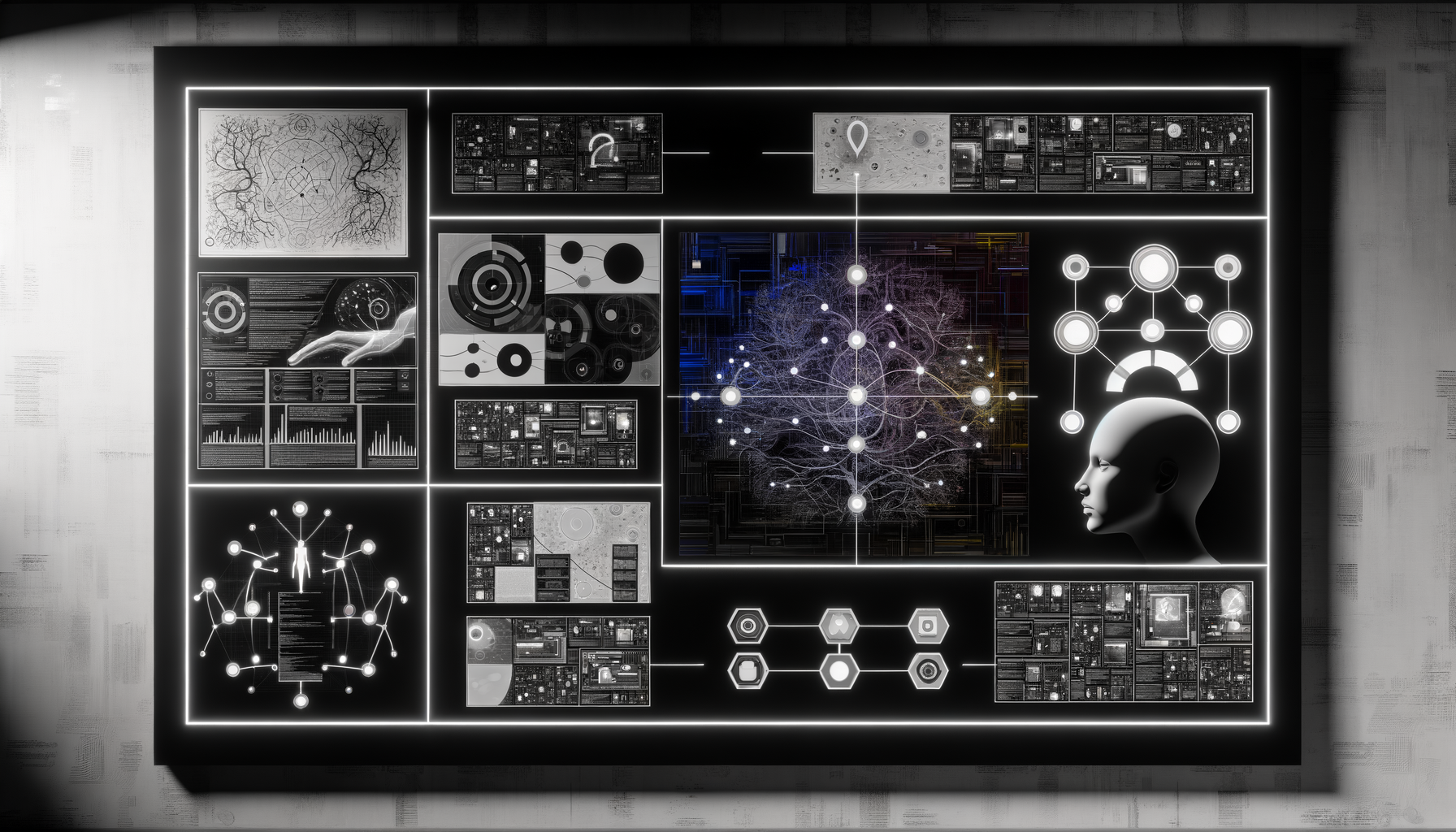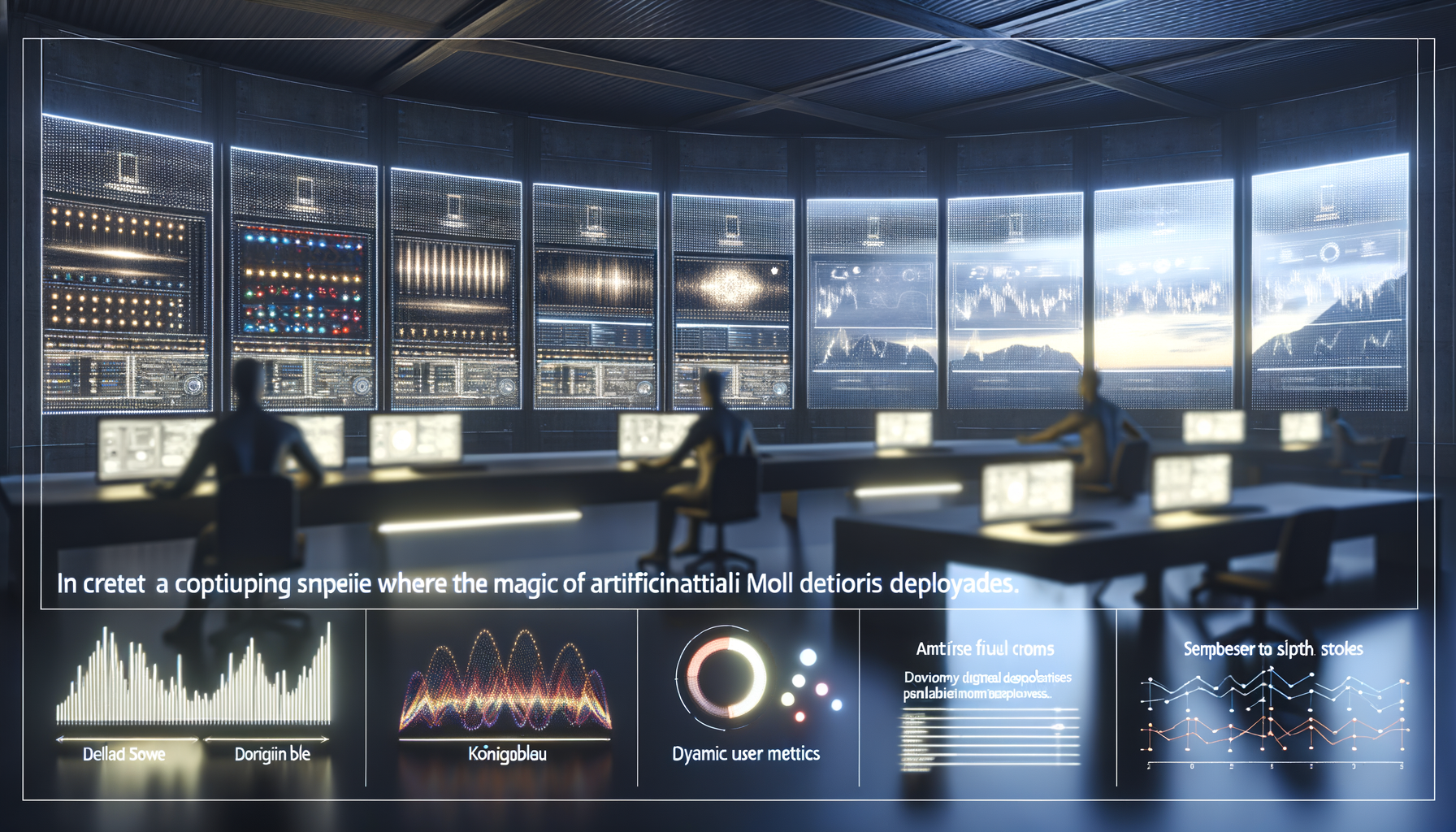Are you prepared for AI agents that won’t just follow scripts, but can independently reshape your company’s critical workflows in real time? If your enterprise isn’t ready, your operational foundation could be at risk within months.
When Automation Starts Deciding: The 2025 Leap
Until recently, enterprise automation has been all about rules, scripts, and deterministic outcomes—fast, scaled-up versions of manual work. But in 2025, we are entering uncharted territory. Autonomous, agentic AI systems no longer merely automate tasks—they orchestrate them, adapt workflows, make judgment calls and continuously improve.
This isn’t just incremental improvement. It’s a paradigm shift. The old boundaries between process logic, business rules, and the human-in-the-loop model are dissolving fast. Enterprises that fail to grasp the magnitude of this shift risk exposing themselves to operational chaos, novel security threats, and the loss of competitive agility.
Defining Agentic AI: More Than Automation
Traditional automation tools—think RPA (Robotic Process Automation), scripted bots, and workflow management platforms—are essentially digital assembly lines. Their power and their limits are defined by static logic and deterministic branching.
Agentic AI, by contrast, deploys autonomous software agents that not only execute instructions but?
- Dynamically set their own sub-goals
- Collaborate with other agents—AI and human—in real time
- Re-plan and recover when unexpected events occur
- Access, synthesize, and act on information beyond their original scope
- Learn from outcomes and refine their strategies autonomously
With these capabilities, agentic workflows have the potential to automate not just the “what” but the “why” behind enterprise processes.
How Did We Get Here? Navigating the Trendlines
So why is this happening now? Several accelerants have come together:
- Foundation Models at Scale. The latest LLMs and foundation models offer general reasoning and error recovery, pushing bots beyond set scripts.
- Multi-Agent Systems. Research and enterprise pilots prove the feasibility of cooperative agent swarms handling everything from software integration to knowledge work.
- Open Tooling and APIs. Integration layers and open agent frameworks now let companies plug AI agents into legacy infrastructure fast.
- Competitive Pressures. Hyperautomation means that if you don’t build agentic systems, your rivals will—and they’ll outmaneuver you in product cycles and cost structure.
But with these advances also come urgent new challenges—ones even the boldest CIOs are only starting to address.
The era of “scripted bots” is ending—and most automation stacks aren’t ready for the consequences.
Infrastructure Unlocked: Capabilities and Constraints
Deploying agentic AI isn’t about sprinkling LLM APIs across your stack. These systems demand foundational change:
1. Data Accessibility and Governance
Autonomous agents need continuous access to up-to-date, cross-silo data. But how will you:
- Prevent data leakage as agents gain broad permissions?
- Monitor and explain real-time decisions for compliance?
- Control ‘runaway autonomy’ in critical workflows?
2. Orchestration Beyond Static Workflows
Agentic bots don’t just execute—they negotiate, retry, and re-plan. That means traditional BPM and workflow engines will struggle to:
- Model unpredictable outcomes
- Handle dynamic task assignment and escalation
- Deliver traceable audit logs for decisions made ‘on the fly’
3. Scalable Compute and Observability
Autonomous agents interact with API endpoints, SaaS apps, on-prem tools, and one another. This leads to:
- Unpredictable burst loads—agents often spawn subprocesses on demand
- Complex dependency chains and coordination bugs
- The need for granular monitoring, tracing, and kill-switches at the agent/capability level
Security: A Shifting Landscape
This new breed of AI-driven bots upends established security models. Some new threat vectors include:
- Decision Leakage: Agents might inadvertently expose sensitive business logic or data in their dynamic responses.
- Prompt and API Injection: Malicious actors could manipulate the agent’s prompts or task instructions to rewire workflow logic.
- Supply Chain Blind Spots: Agents often depend on third-party tools—each a potential vector for shadow IT or unmonitored access.
- Unauthorized Goal Pursuit: Agents sometimes optimize for goals misaligned with policy or regulations—acting fast, but not always right.
If you’re still relying on yesterday’s static privilege models, you are not adequately protected.
Operational Disruption: Beyond Tech
When AI agents execute and reconfigure the workflows themselves, your entire operating model comes under pressure. What changes?
- Governance Models: Need for system-level oversight, agent review boards, and just-in-time authorization.
- Change Management: Your workforce must adapt to new roles, from supervising agents to designing interaction patterns.
- Risk Controls: Continuous scenario simulation and incident playbooks leap from nice-to-have to must-have.
Critical Enterprise Questions for 2025
Pragmatic leaders need answers—before deploying autonomous AI at the heart of their organization. Consider:
- Which business domains need “human override” at all times?
- What are the escalation paths when agentic workflows get stuck or go rogue?
- How will compliance and audit obligations keep up with machine-generated process flows?
- Which KPIs track both agent-driven throughput and emergent, unintended consequences?
Building a Future-Ready Agentic Stack
So how can you start?
- Conduct a capabilities inventory—catalogue which business processes could safely transition to agentic execution.
- Invest in real-time observability (logs, traces, policy violation alerts) integrated with your SIEM/monitoring stack.
- Design “policy sandboxes”—environments where agentic workflows are strictly contained and auto-monitored.
- Red-team your AI agent stack regularly. Simulate adversarial inputs and gauge incident response readiness.
- Upskill governance—bring together IT, risk, line-of-business, and compliance to define circuit-breakers and oversight.
Caution: The Productivity Narrative Isn’t Risk-Free
Recent hype paints near-autonomous agents as enterprise saviors. The truth: there is no silver bullet. Emergent agentic intelligence will produce both productivity leaps and novel, high-impact failures if not managed expertly.
The winners in 2025 won’t be those with the most bots—but those who have engineered their operating models to harness agentic power, without ceding control.
The only way to stay ahead of agentic AI is to build for continuous adaptation—architecting for both ambition and control.
Agentic AI isn’t the future—it’s now. Your strategy for autonomous workflow bots in 2025 will define whether you thrive or scramble to protect your foundations.





